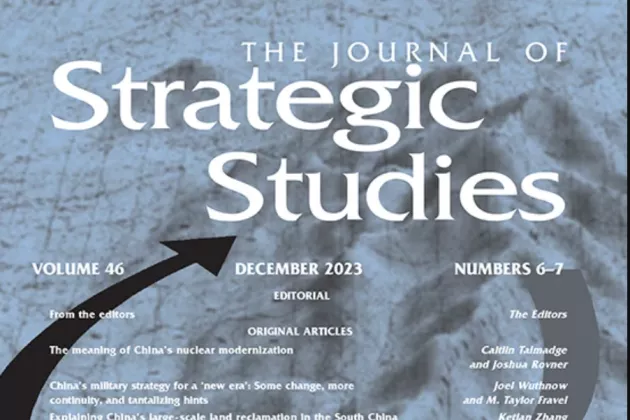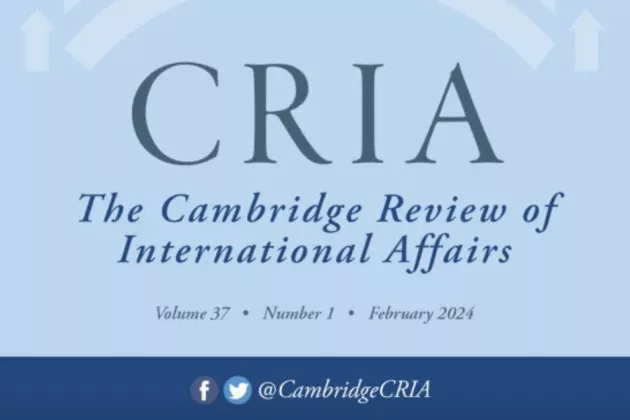The article, "How dawn turned into dusk: Scoping and closing possible nuclear futures after the Cold War", was co-authored by Benoît Pelopidas (Sciences Po), Hebatalla Taha (CMES), and Tom Vaughan (Aberystwyth University).
Abstract
How was the scope of nuclear weapons policy change immediately after the Cold War determined? Nuclear learning and worst-case thinking are common but not satisfactory answers. On the basis of primary sources in multiple languages, we posit that a particular temporalization of nuclear events in the beginning of the 1990s took place: nonproliferation timescaping. The Iraqi case of opaque proliferation was treated as the harbinger of future nuclear danger, while the breakup of the nuclear-armed USSR was depicted as not repeatable or not to worry about, and South African nuclear disarmament was reframed as a non-proliferation success.
Keywords: nuclear disarmament; nuclear proliferation; South Africa; Iraq; futures



